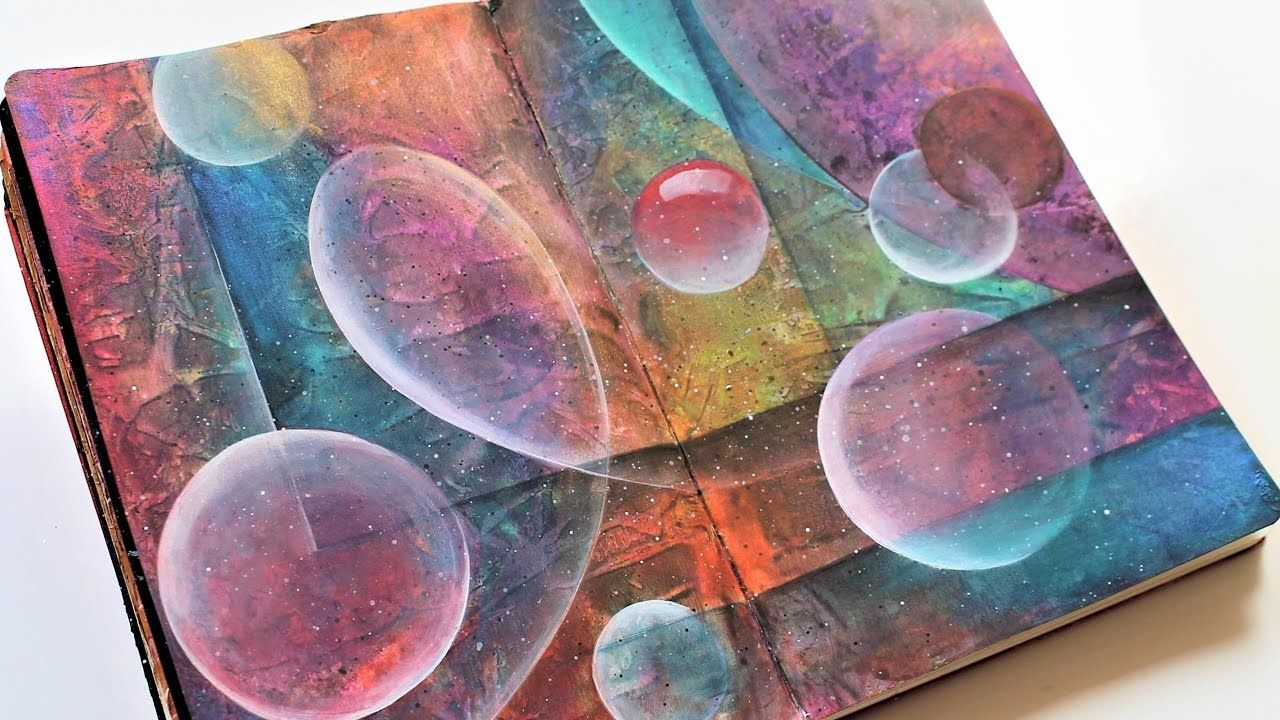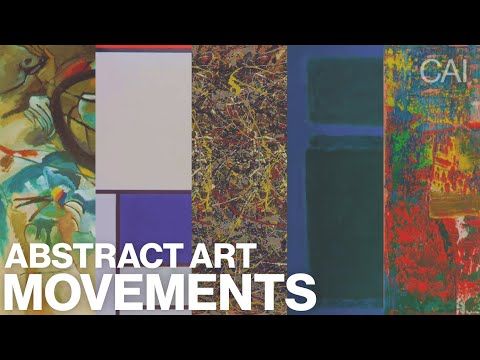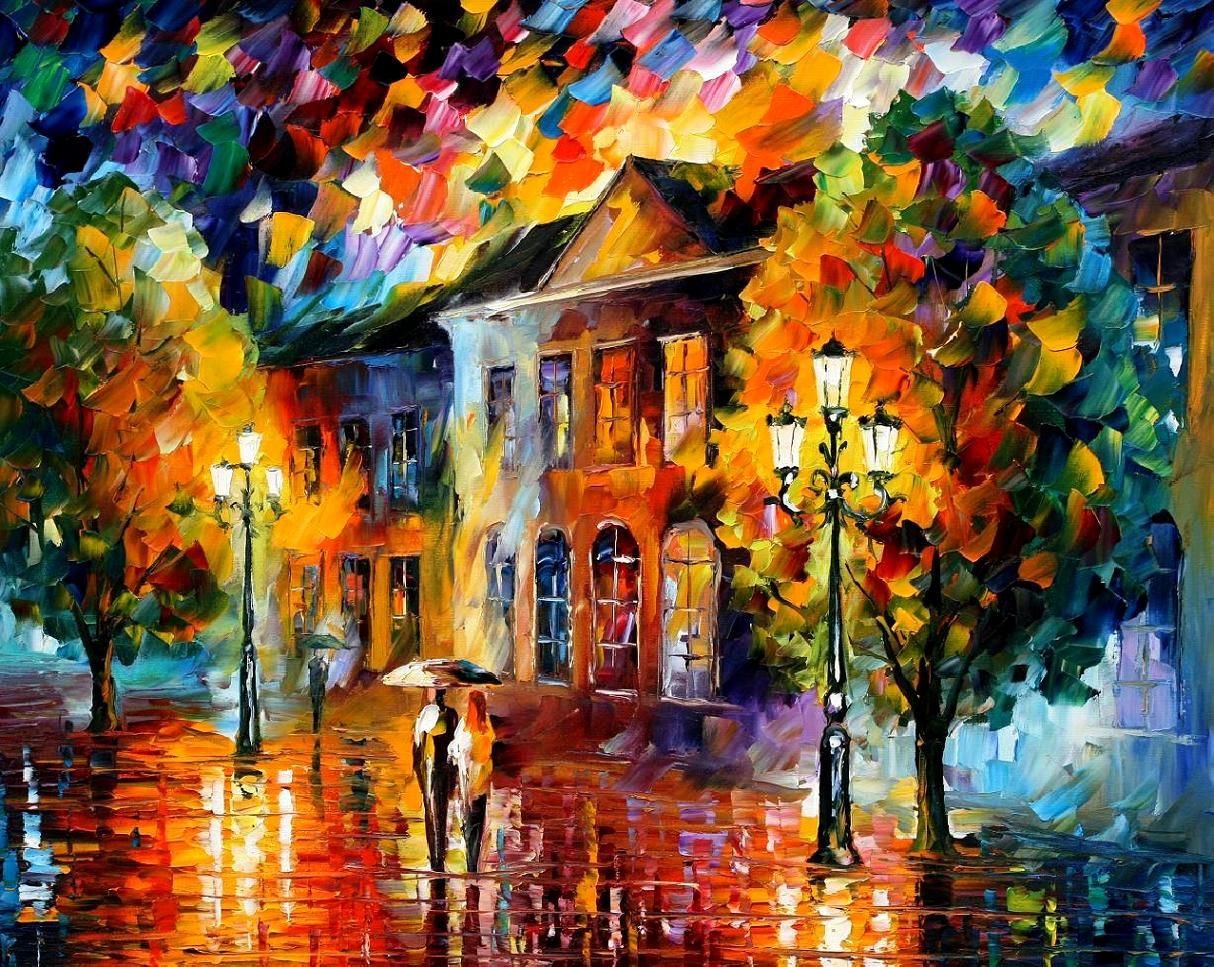Abstract art can be a powerful way to express emotions and ideas in a visually stimulating way. Whether you’re a seasoned artist or just starting out, there are a variety of techniques and tips that can help you create stunning abstract pieces. In this article, we’ll explore some of the key techniques and tips for creating abstract art.
1. Experiment with Different Tools and Materials
One of the key aspects of creating abstract art is experimenting with different tools and materials. From traditional paint and brushes to more unconventional materials like sand, fabric, or even found objects, the possibilities are endless. Don’t be afraid to try out new materials and techniques to see what works best for you.
2. Focus on Color and Texture
Color and texture are essential elements in abstract art. Experiment with bold, vibrant colors to create a striking visual impact, or use muted tones for a more subtle effect. Texture can also add depth and interest to your pieces – consider layering different materials or using techniques like palette knife painting to create unique textures.
3. Embrace Spontaneity and Intuition
One of the joys of creating abstract art is the freedom to follow your intuition and allow your creativity to flow. Embrace spontaneity in your work – don’t be afraid to make bold choices or take risks. Trust your instincts and let your emotions guide your artistic process.
4. Experiment with Composition and Balance
Composition and balance are key principles in art that can greatly impact the overall feel of your piece. Experiment with different compositions, such as asymmetry or symmetry, to create visual interest. Pay attention to the placement of shapes, lines, and colors to achieve a sense of harmony in your work.
5. Step Back and Reflect
Creating abstract art is a process of constant exploration and refinement. Take breaks during your creative process to step back and reflect on your work. Consider how different elements are working together and whether your piece conveys the emotions or ideas you intended. Don’t be afraid to make changes or start over if necessary.
6. Seek Inspiration from Other Artists
One of the best ways to improve your own abstract art is to seek inspiration from other artists. Visit galleries, attend art shows, or explore online platforms like Pinterest or Instagram to discover new techniques and styles. Study the work of artists you admire and consider how you can incorporate elements of their style into your own work.
7. Practice, Practice, Practice
Like any skill, creating abstract art takes practice and dedication. Set aside time each day to experiment with different techniques and materials. Don’t be discouraged by mistakes or setbacks – view them as opportunities for growth and learning. As you continue to practice, you’ll develop your own unique style and artistic voice.
Conclusion
Creating abstract art is a rewarding and engaging process that allows you to explore your creativity in new and exciting ways. By experimenting with different tools and materials, focusing on color and texture, embracing spontaneity and intuition, and seeking inspiration from other artists, you can take your abstract art to new heights. Remember to practice regularly and trust in your creative instincts – the possibilities are endless!



